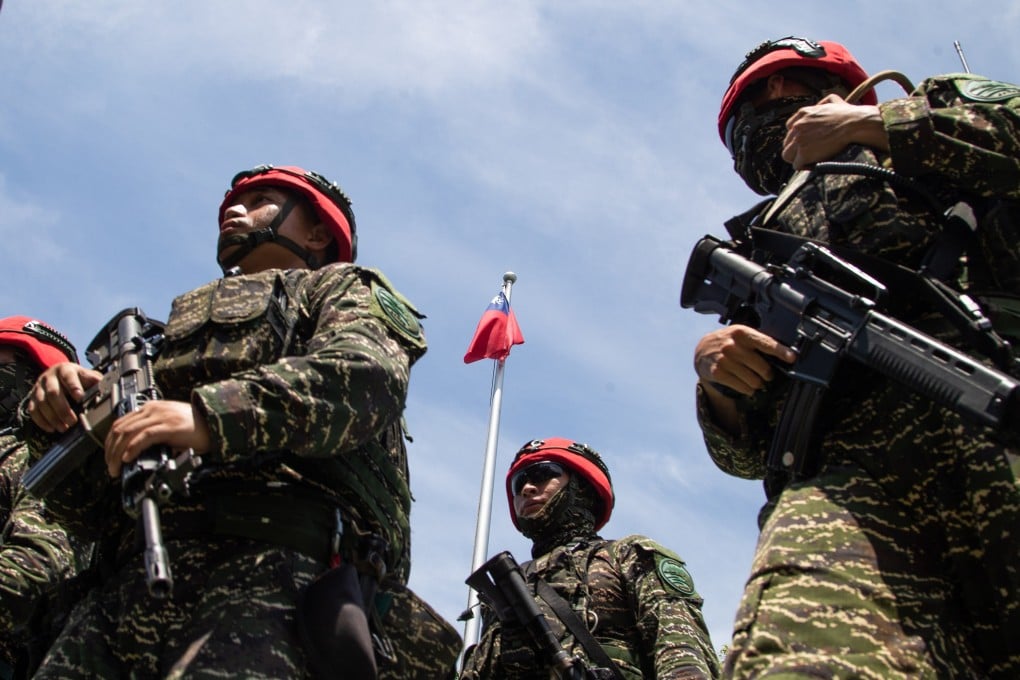Taiwan’s Han Kuang Exercise puts military and public to the attack-readiness test
- Air and naval forces deployed on first day of drills to counter a full-scale attack from the PLA
- Some of this year’s activities in response to mainland military manoeuvres in August and April, analyst says

Taiwan launched its annual mega war games on Monday to test the response of its forces to a cross-strait conflict.
It also comes as the island’s military reported that nine soldiers were injured – two seriously – in an explosion of a 120mm mortar at an ammunition warehouse in Keelung in northern Taiwan on Monday afternoon. The cause was under investigation.
On the first day of the drills, the island mobilised reservists to back up regular forces in homeland defence and tested civilians on their responses to air and missile attacks.
According to the island’s defence ministry, the drills showed the military’s ability to maintain air and naval combat strength against a full-scale PLA attack.
Nine F-16 fighter jets roared across the sky over the eastern county of Hualien at around 6.30am soon after the island’s Hengshan joint operations command centre announced the start of the drills.
The F-16s were ordered to cover various other warplanes, including Mirage 2000-5 fighter jets which flew from their bases in western Taiwan to shelter at the Chiashan base in Hualien and the Chihhang base in nearby Taitung county.
“This was to allow the main backbones of the air force’s fighter jets in the west side of Taiwan to be able to preserve their combat readiness in eastern Taiwan,” a ministry official said.
